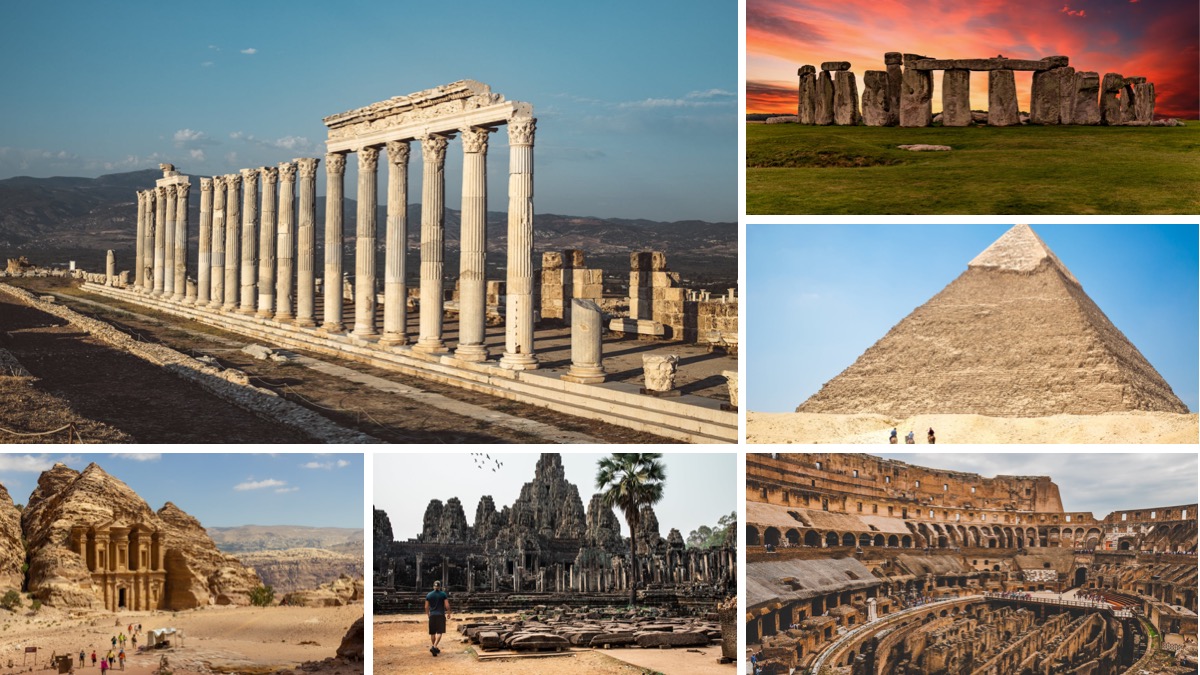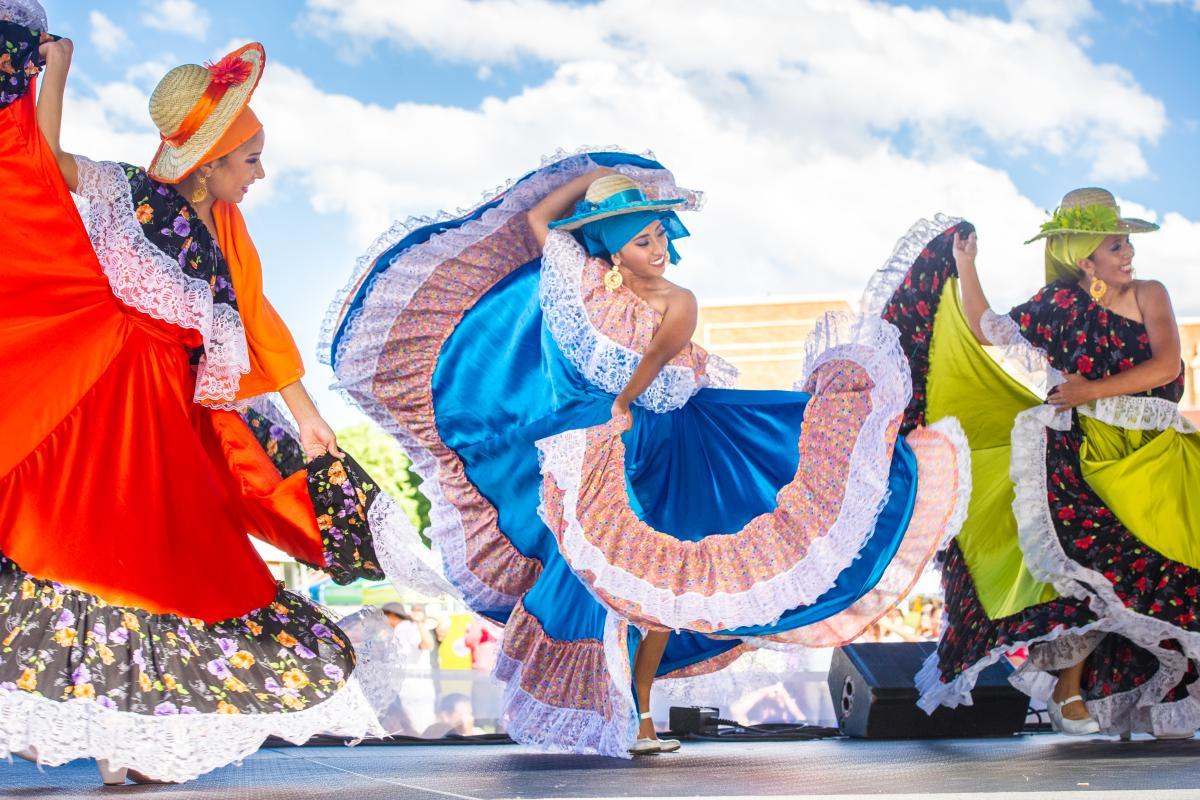
Traditional music and dance are universal languages that transcend borders, providing a glimpse into the soul of different cultures. This exploration takes us on a global journey, showcasing the rich tapestry of traditional performances that have been passed down through generations.
The Power of Traditional Music and Dance
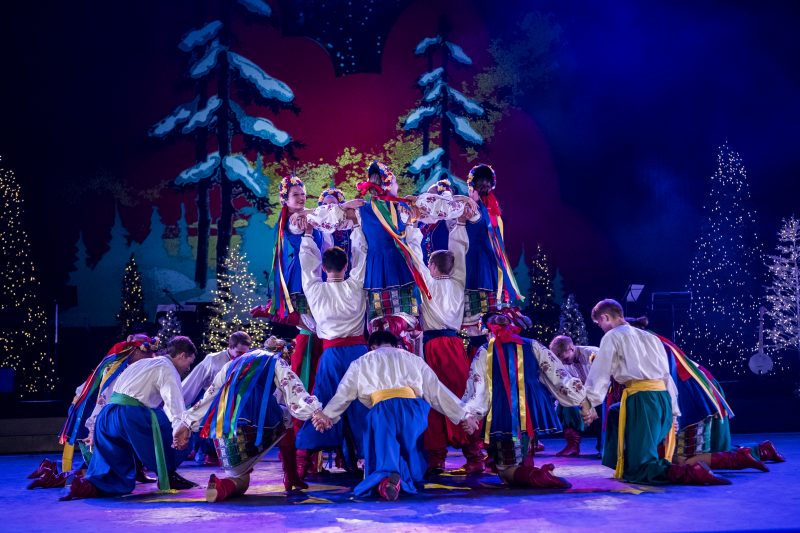
Traditional music and dance serve as vibrant expressions of cultural identity, storytelling, and community bonding. These performances are not just forms of entertainment but are deeply rooted in the historical, social, and spiritual fabric of diverse societies around the world.
African Rhythms: Beats that Resonate
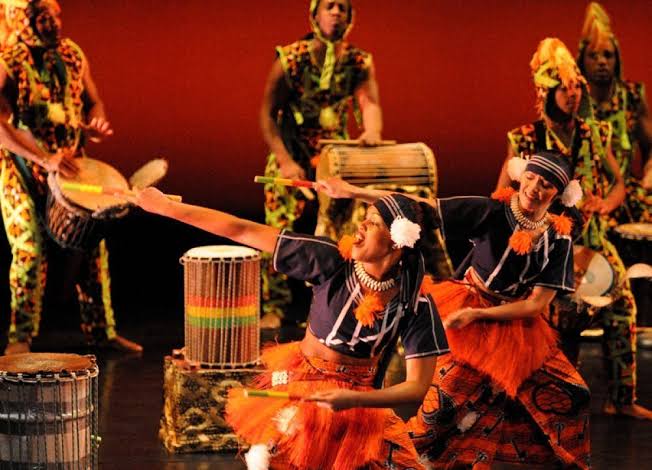
Africa, with its diverse cultures, boasts a kaleidoscope of rhythmic beats and energetic dance forms. From the Djembe drumming in West Africa to the rhythmic Gumboot dance in South Africa, each performance encapsulates the spirit of the community, celebrating life, rituals, and unity.
Flamenco Passion: Spain's Soulful Dance

Flamenco, a traditional art form from Spain, is a captivating fusion of music and dance. With its roots in Andalusian culture, Flamenco combines expressive guitar playing, soulful singing, and intricate dance moves. Each performance tells a poignant story, expressing a range of emotions from joy to sorrow.
Indigenous Australian Dreamtime Dances
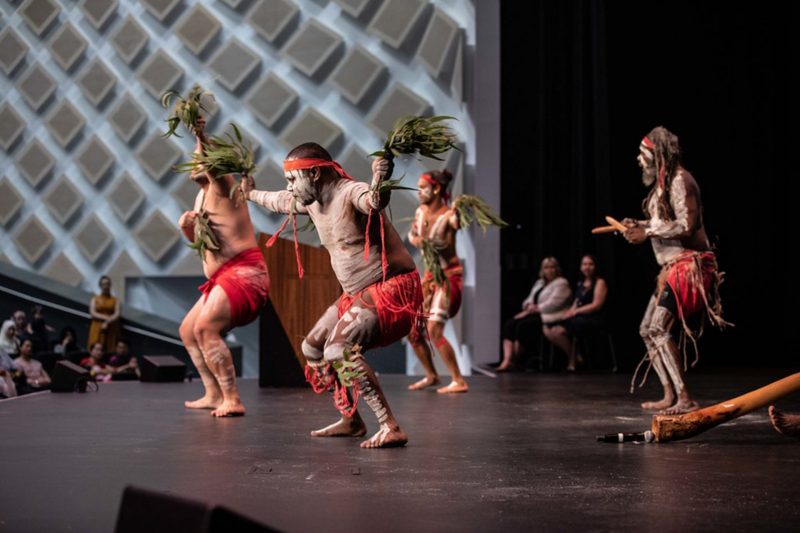
Indigenous Australian communities share their rich cultural heritage through Dreamtime dances. These performances narrate ancient stories, beliefs, and connections to the land. The rhythmic sounds of clapsticks and didgeridoos accompany dancers adorned in vibrant ochre colors, creating a mesmerizing spectacle.
Samba: Brazil's Carnival Rhythm

In Brazil, the vibrant and infectious rhythm of Samba takes center stage during Carnival. Rooted in African and indigenous influences, Samba showcases elaborate costumes, dynamic dance moves, and the pulsating beat of drums. It's a celebration of life and community, inviting everyone to join in the revelry.
Maori Haka: A Powerful Cultural Expression
The Maori people of New Zealand perform the Haka, a traditional war dance that has evolved into a powerful cultural expression. The rhythmic chanting, stomping, and intense facial expressions convey pride, strength, and unity. The Haka is performed on various occasions, symbolizing respect, challenge, and solidarity.
Ballet: Timeless Elegance from European Courts to Global Stages
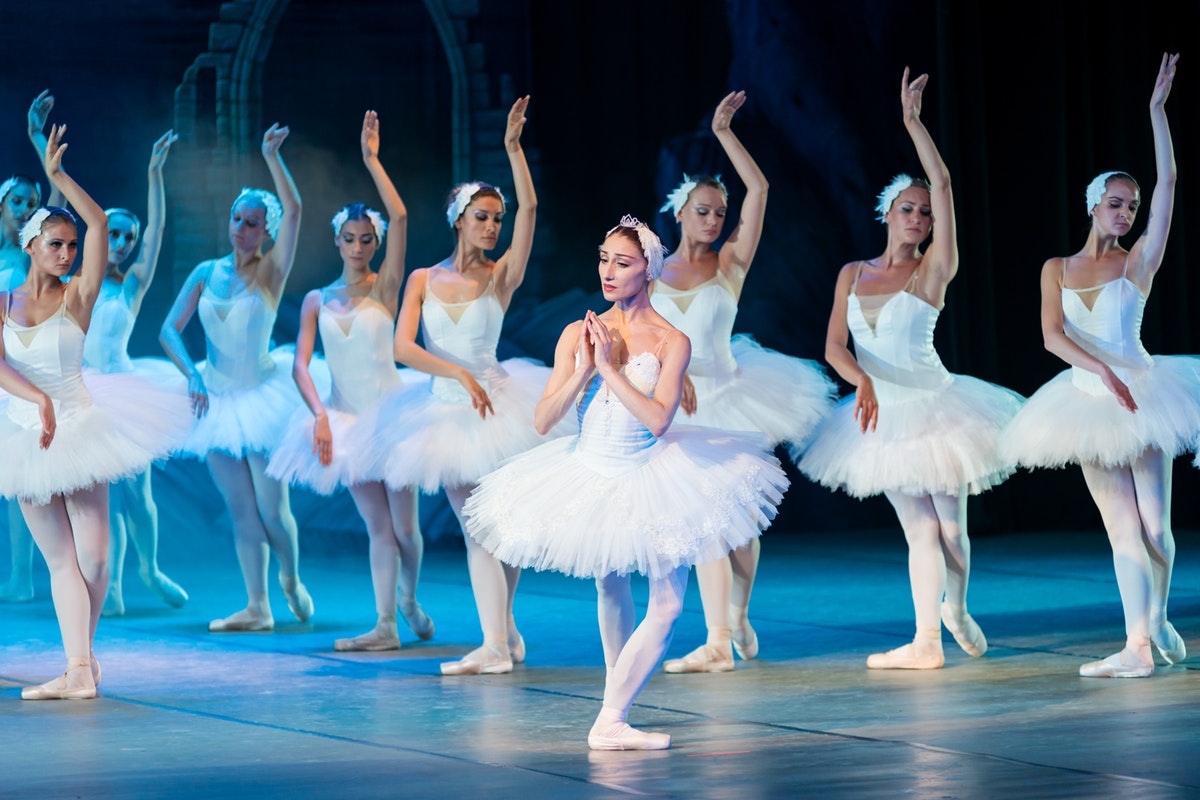
Originating in the Italian Renaissance courts, ballet has evolved into a refined and globally admired art form. With its graceful movements, intricate choreography, and classical music accompaniment, ballet transcends cultural boundaries, captivating audiences worldwide.
Cultural Etiquette: Navigating the Global Tapestry

As we immerse ourselves in the beauty of traditional music and dance, it's essential to understand and respect the cultural etiquette surrounding these performances.
Respectful Observation
When attending traditional performances, whether in a local community or while traveling, it's crucial to observe with respect. Understand the significance of the performance, and refrain from disruptive behavior or inappropriate comments.
Participate with Grace
In some cultures, audience participation is encouraged. If invited to join a dance or participate in a ritual, embrace the opportunity with grace and an open mind. Follow the lead of locals and learn from the experience.
Dress Appropriately
Respecting cultural norms includes dressing appropriately for traditional performances. Some cultures have specific attire associated with their dances, and wearing respectful clothing shows an understanding and appreciation for the traditions.
Silence and Photography Etiquette
Many traditional performances involve spiritual or ceremonial aspects. It's essential to adhere to rules regarding silence and photography to avoid disrupting the sacred nature of the event. Always seek permission before taking photos.
Gratitude and Applause
Expressing gratitude and appreciation for traditional performances is a universal practice. Applauding at the appropriate times, whether during a pause or at the end of the performance, acknowledges the effort and skill of the performers.
Preserving Cultural Heritage Through Respect

Respecting cultural etiquette is a way of preserving and promoting the rich heritage embedded in traditional music and dance. By engaging with these art forms with sensitivity and awareness, we contribute to the global tapestry of cultural understanding and harmony.
Conclusion
Traditional music and dance performances are gateways to the heart and soul of diverse cultures. From the rhythmic beats of African drums to the elegant movements of ballet, each performance is a testament to the richness of human expression. As we embrace the beauty of these traditions, let us also navigate the global tapestry with cultural etiquette, ensuring that our appreciation is rooted in respect and understanding.
FAQs
Q. Why is traditional music and dance important in preserving cultural identity?
Ans: Traditional music and dance serve as powerful expressions of cultural identity, passing down traditions, stories, and values through generations.
Q. How can one respectfully participate in traditional dances from different cultures?
Ans: Respectful participation involves observing and understanding the cultural context, following local cues, and embracing the experience with an open mind.
Q. What is the significance of cultural etiquette in attending traditional performances?
Ans: Cultural etiquette ensures that attendees show respect for the traditions, rituals, and sacred elements of the performance, contributing to a positive and meaningful experience.
Q. Why is silence important during some traditional performances?
Ans: Silence is crucial during performances with spiritual or ceremonial aspects to maintain the sacred nature of the event and avoid disruptions.
Q. How can individuals contribute to the preservation of traditional music and dance?
Ans: Individuals can contribute by attending performances, respecting cultural etiquette, supporting local artists, and learning about the history and significance of each art form.
.







